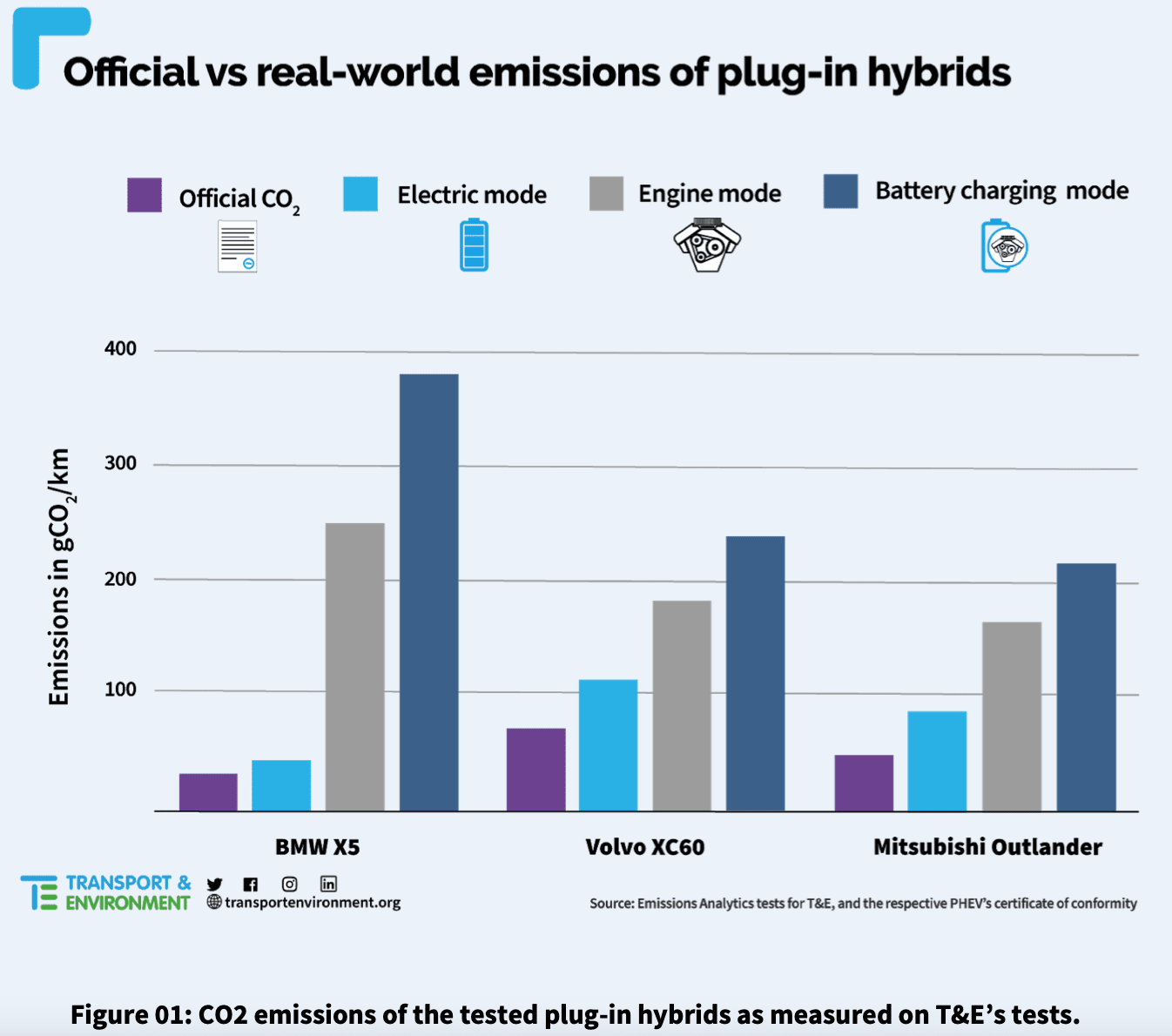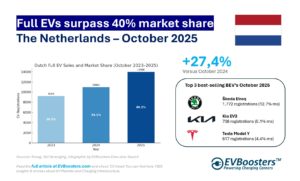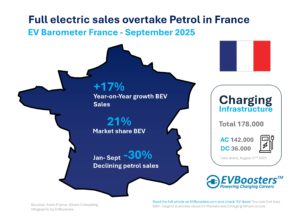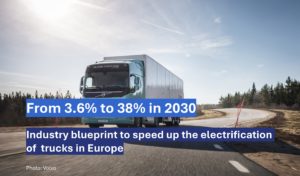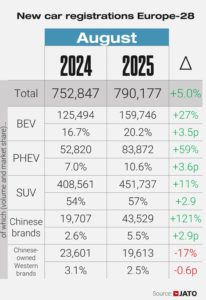Transport & Environment commissioned Emissions Analytics to test three of the most popular PHEVs sold in 2019: a BMW X5 (the longest EV range PHEV available), a Volvo XC60, and a Mitsubishi Outlander. This report discusses the test results and what they mean for this technology’s CO2 credentials.
Many PHEVs on the market today boast extremely low CO2 emissions – one-third or less of an equivalent conventional combustion engined vehicle. However, even when tested on the mildest of the tests and starting with a fully charged battery, none of the PHEVs tested achieve such low figures in the real world. The BMW X5, the best performer of the three PHEVs tested by T&E, exceeded official CO2 values by 28%, emitting 41g/km. The XC60 and Outlander emitted 115g/km and 86g/km, respectively, on the same mild test, representing a 62%- 89% difference from official WLTP values.
CO2 emissions of the XC60 and Outlander surged up to 184g/km and 164g/km, respectively, in tests where the car started with an empty battery (i.e. the internal combustion engine was powering the car), or nearly 3-4 times higher than official values. The X5’s CO2 emissions increased even more, reaching 254g/km, or eight times the official value.
